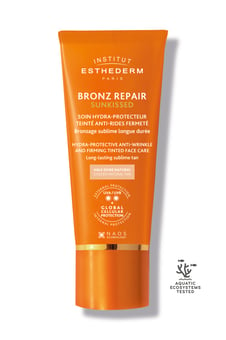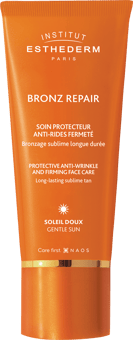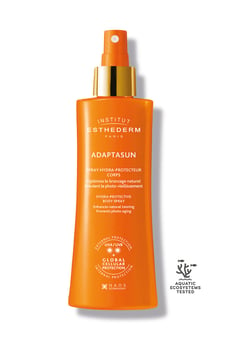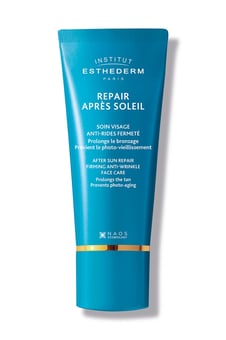PROTECTIVE SUN CARE OIL FOR BODY AND HAIR - STRONG SUN
INSTITUT ESTHEDERM
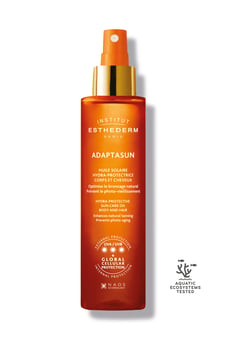
PROTECTIVE SUN CARE OIL FOR BODY AND HAIR - STRONG SUN
INSTITUT ESTHEDERM
PHOTO CELLULAR CARE L'HUILE SOLAIRE SOLEIL EXTRÊME
Suncare Body, Hair and scalp





